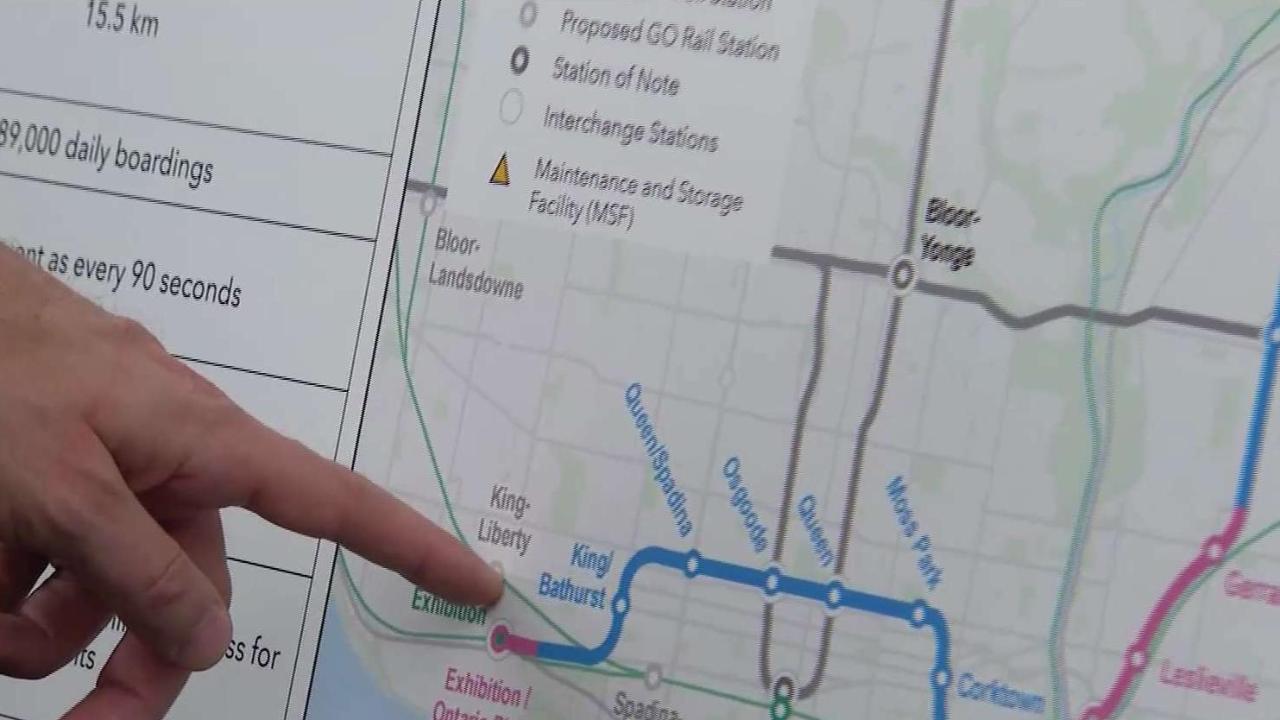Our elected officials are so consumed right now with the Nimbyism in Leslieville that they are completely overlooking this looming crisis that could be coming.
In fairness to those is Leslieville; I don't believe above ground is viable here strictly from a cost perspective. It adds, by my calculations, no less than 1B in expropriation costs, not including compensation to the City for lost park space and likely a rec. ctr at Queen Street.
Recreation Ctr new builds in Toronto can run upwards of 80M; given much more expensive land in this area, the number would likely be higher.
I hasten to add, if my math is correct, the non-OL portion of the LSE corridor at this location needs to be 5 tracks; GO is planning for a 4th already, but VIA HFR is not factored in; and I'm anticipating at this point that VIA's connection to the PTBO track will be via the Stouffville line. That could also mean a 2-track flyunder there, but I digress.
If that's the case, adding 2 OL tracks means a 7-track wide corridor, not including platform/station space.
To the extent that the OL is a serious proposal at all; rather than a delay tactic, there are myriad other problems w/it. But that is a big one.
I hasten to add, those expropriation calculations are made based on relatively small station footprints, and 100M platforms. If capacity issues were addressed by going with longer trains, and therefore larger stations, the expropriations costs rise accordingly.
Of course, some of those costs exist in the underground model as well; but nowhere near as substantial.
Add to that, I'm sure a 7-track corridor would require a mandate for both noise and crash walls on both sides.
Not an immaterial cost either.
